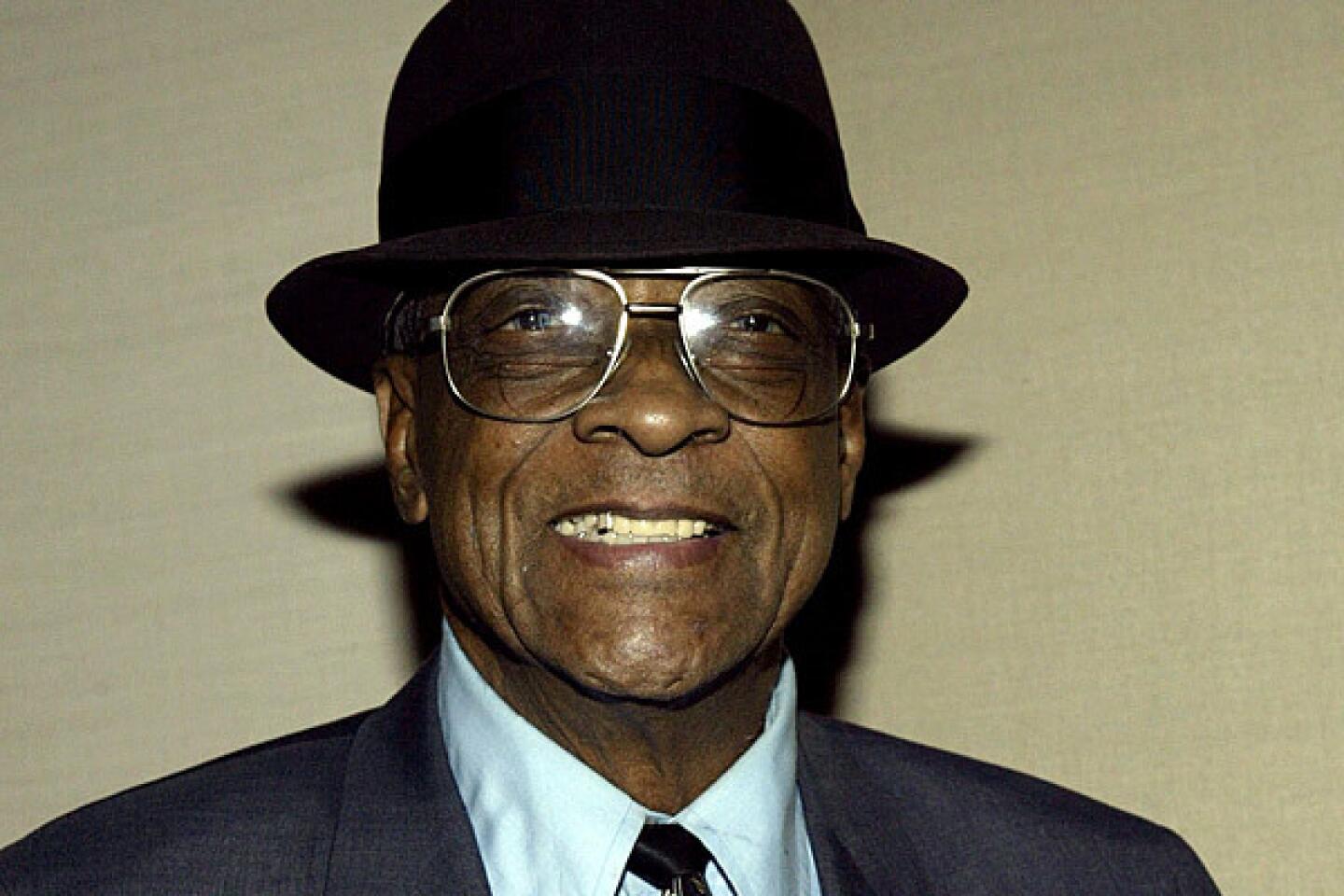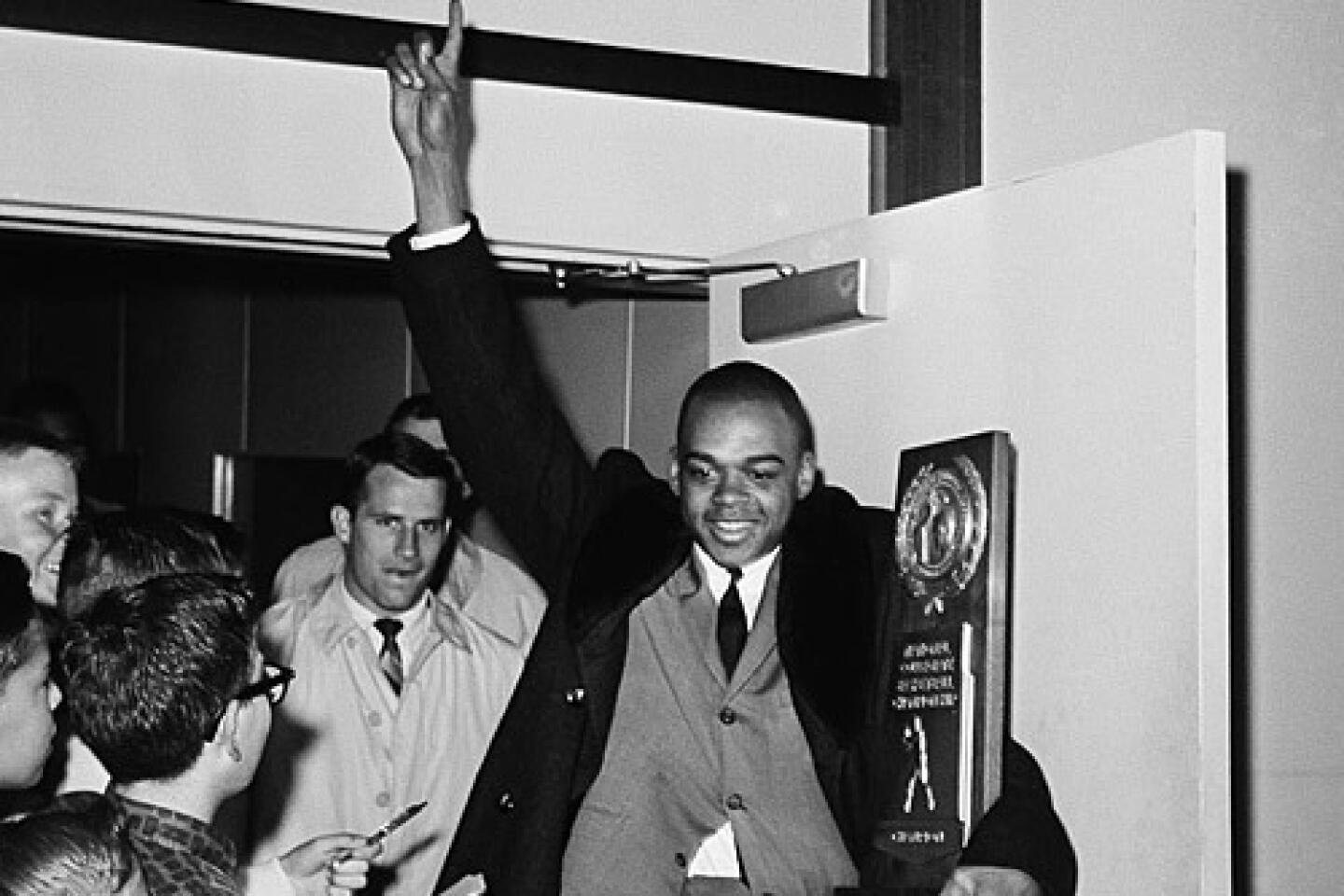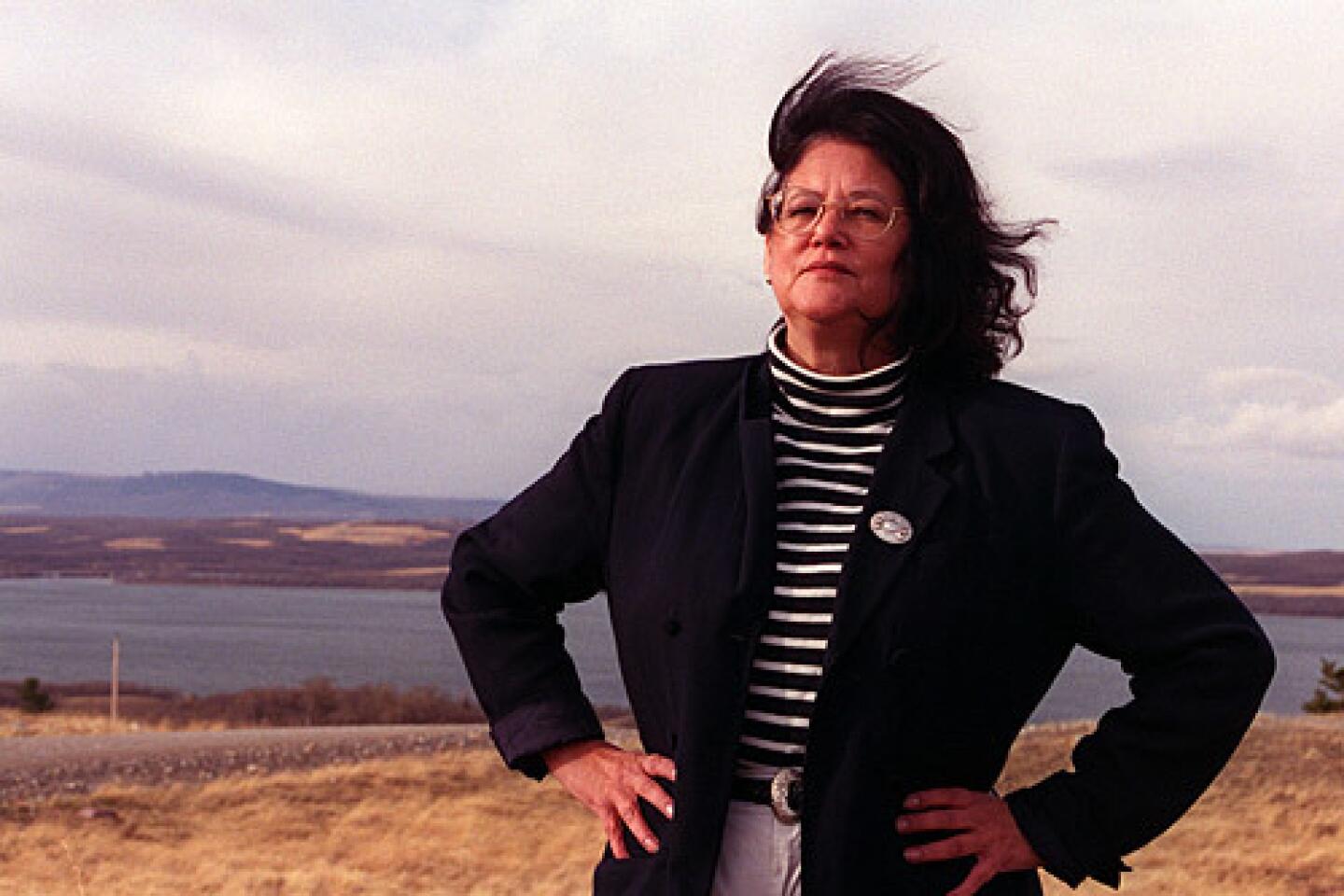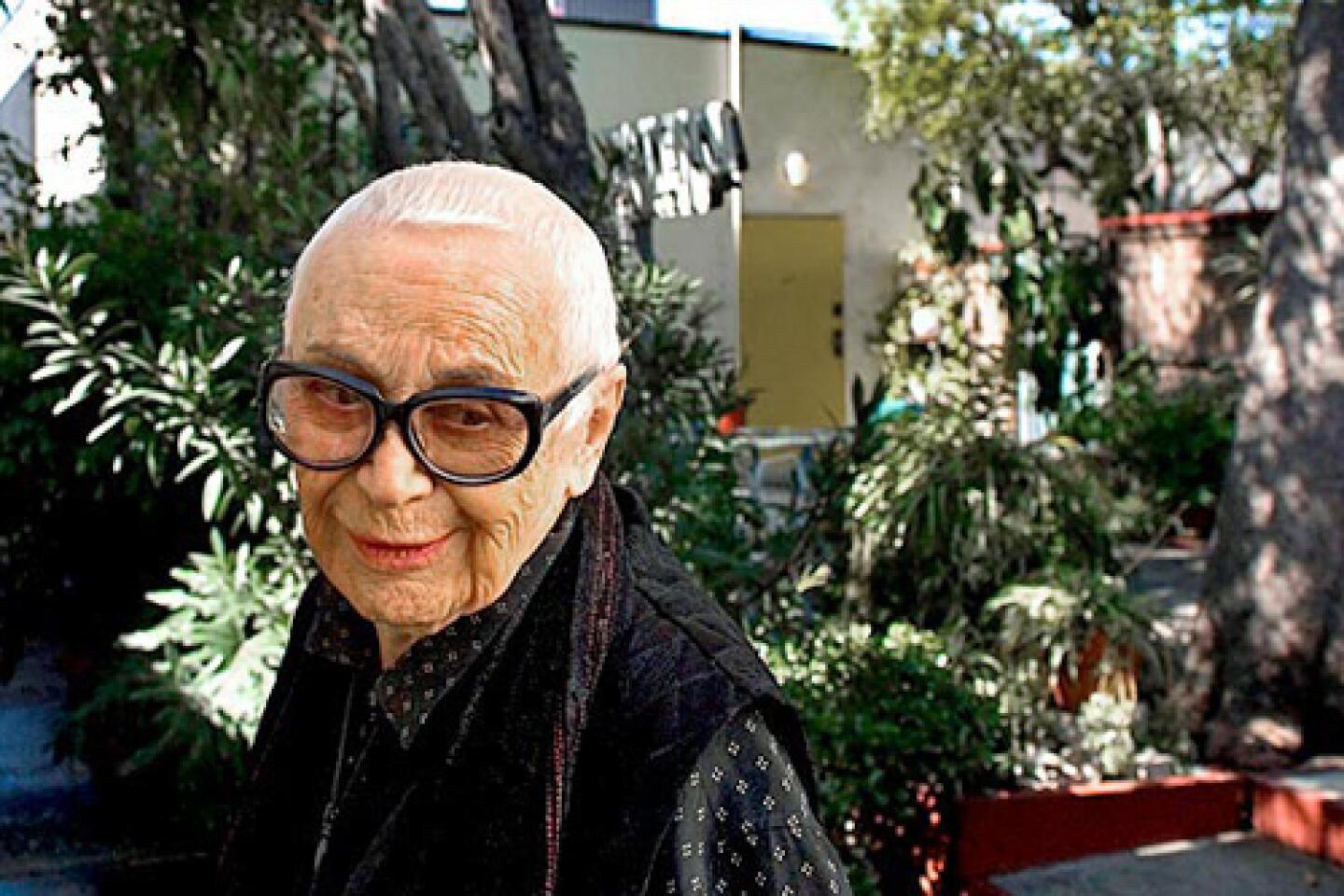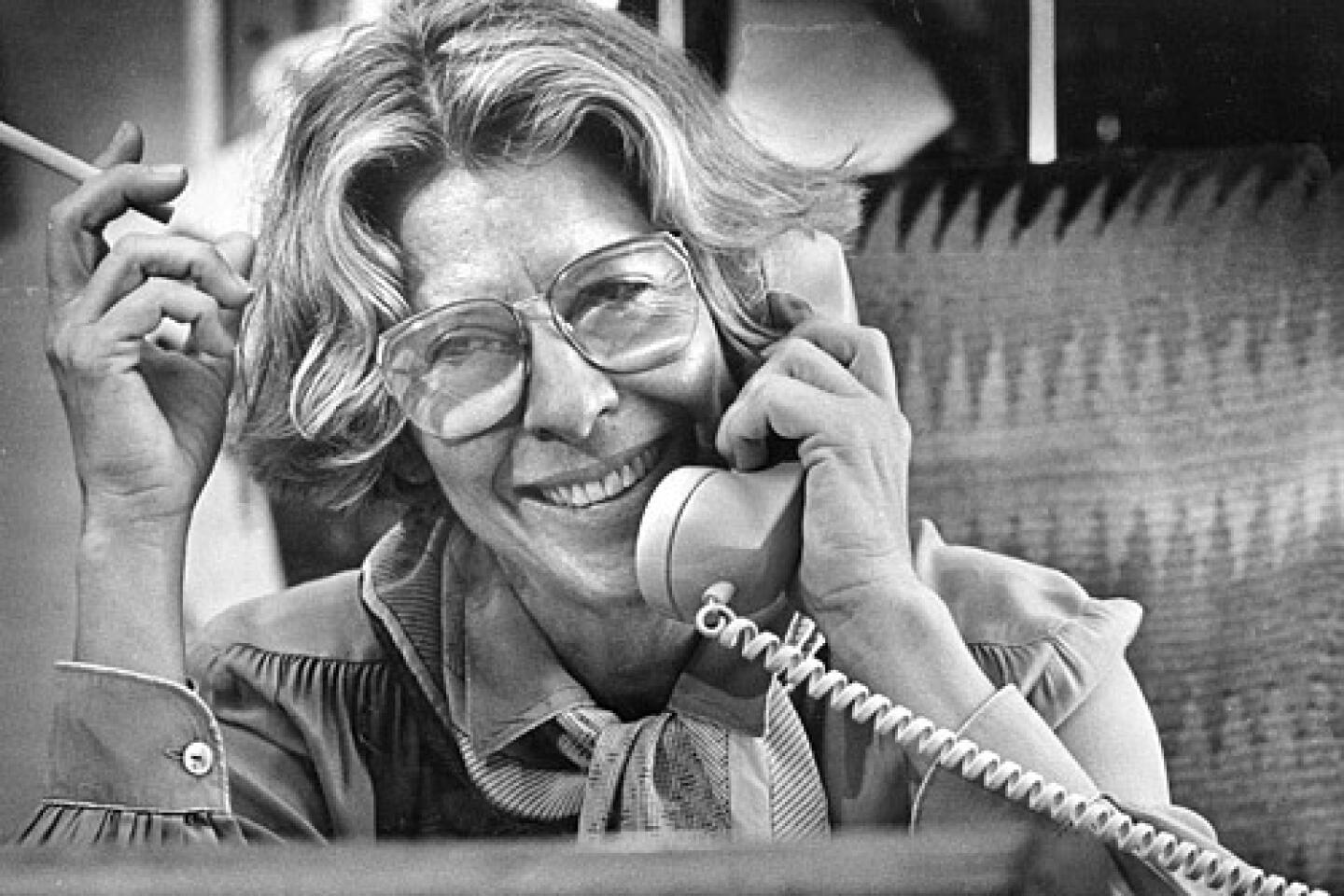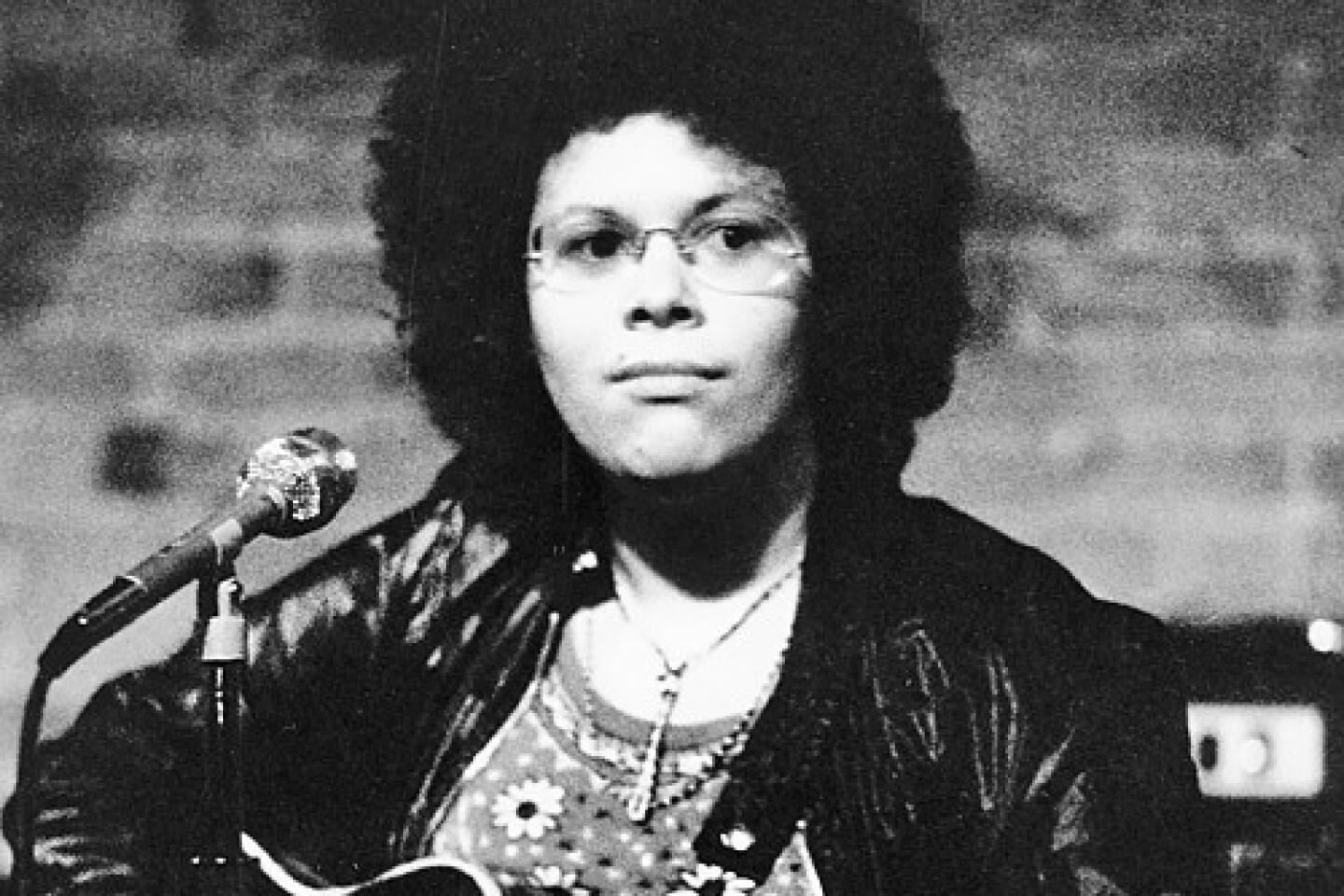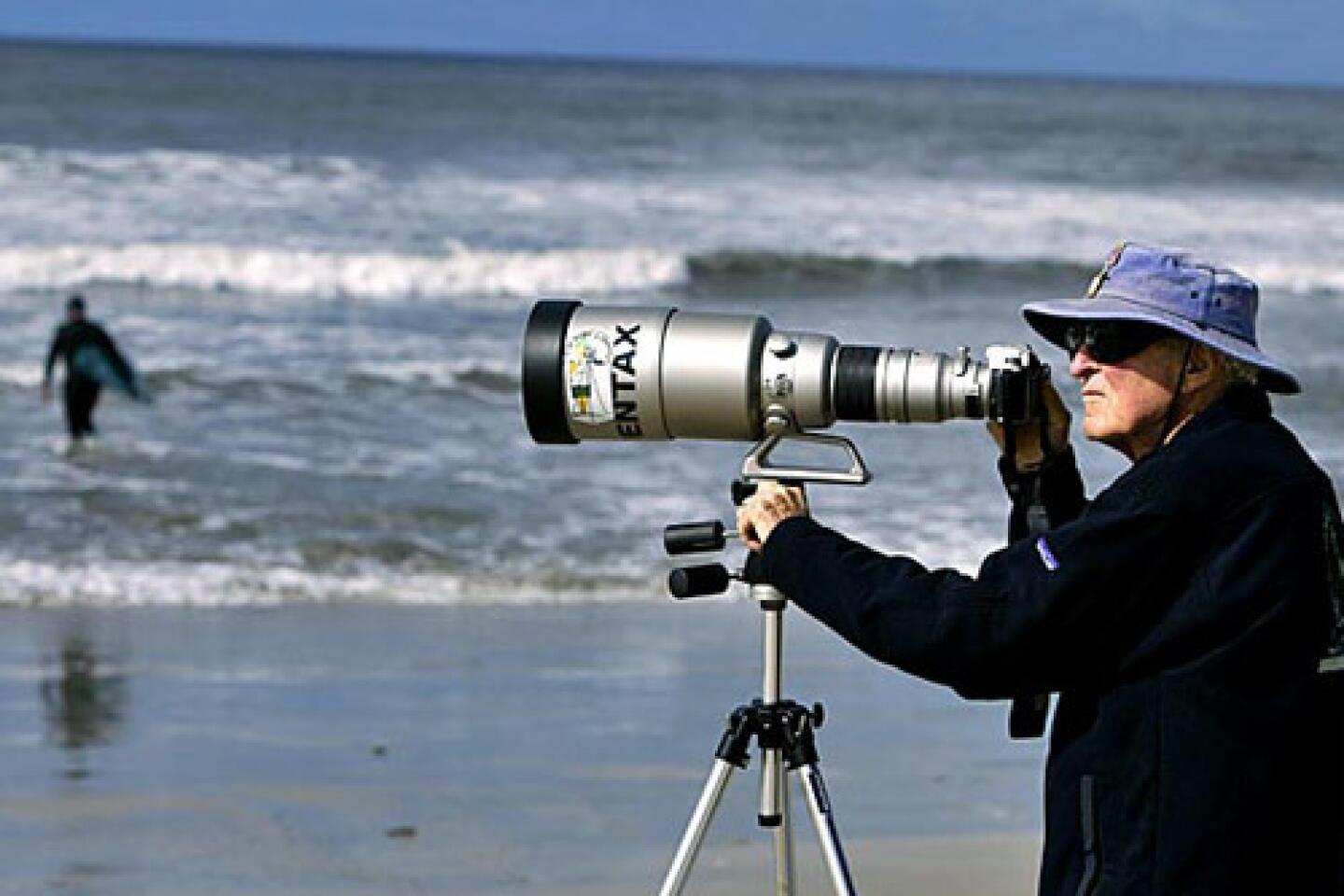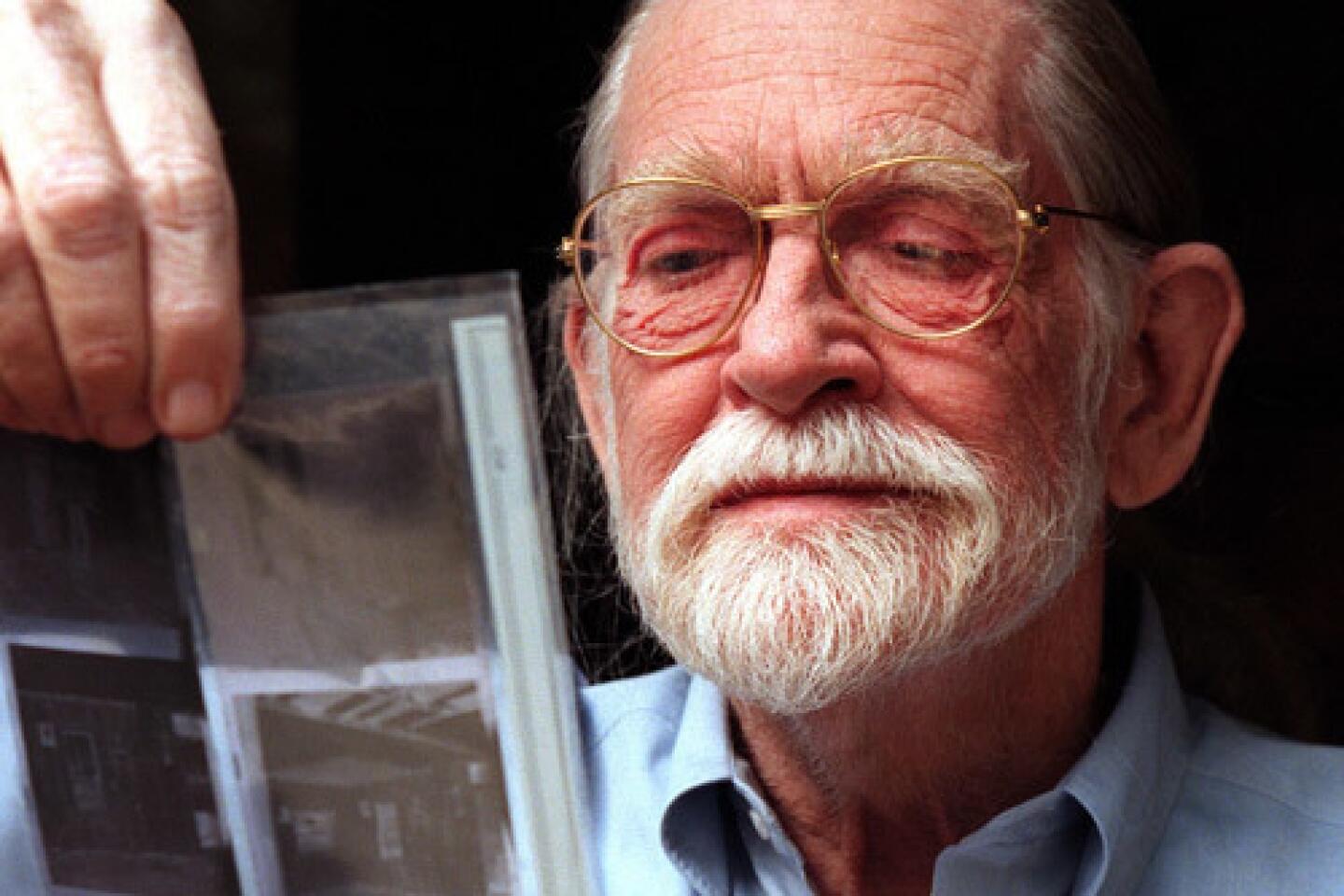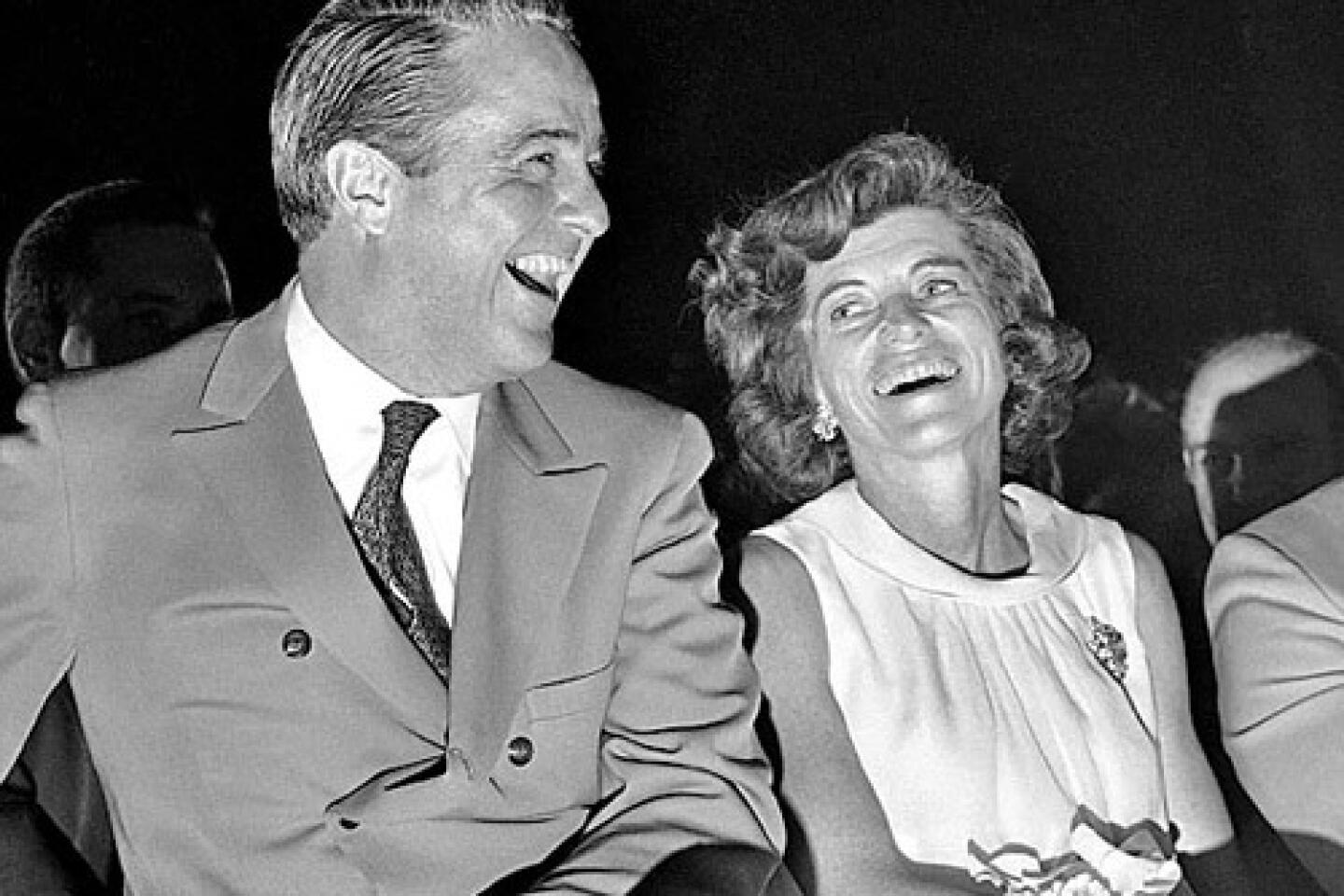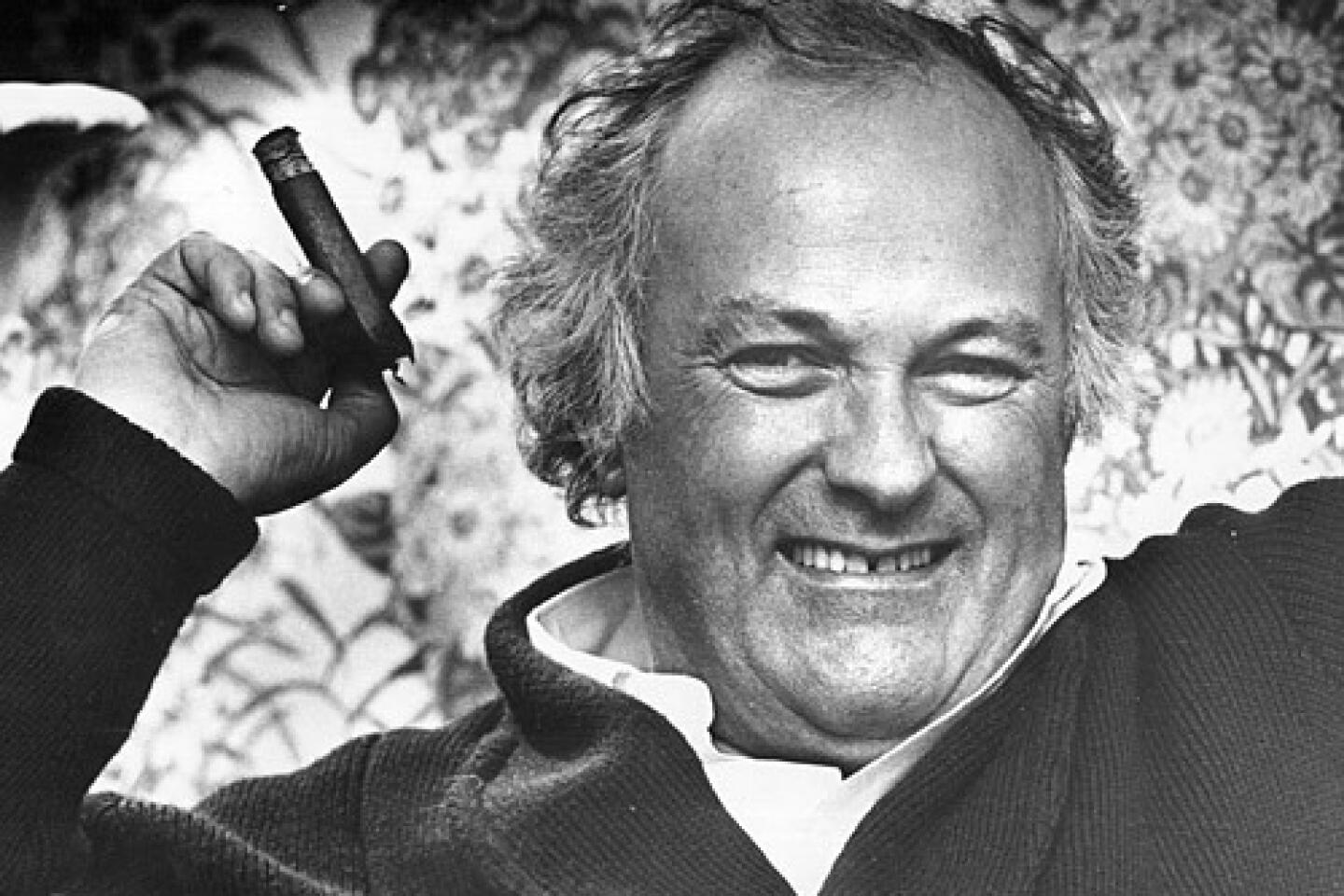Frederica Sagor Maas dies at 111; silent film screenwriter
One of the last links to the silent film era, Frederica Sagor Maas wrote the script for 1925’s “The Plastic Age,” which launched actress Clara Bow. But she watched in horror as her serious treatment on women and work was turned into a frivolous 1947 musical, “The Shocking Miss Pilgrim,” starring Betty Grable.
It was Maas’ final Hollywood credit.
Disgusted by the “shallow” industry, she and her screenwriter husband contemplated suicide before leaving the movie business altogether, she later wrote.
For Maas, living an exceedingly long life was the best revenge.
“It’s my only consolation to think, ‘All you lousy so-and-sos are all 20 feet under, and I’m still here.’ It’s a satisfaction, but not a great satisfaction,” she told the San Francisco Chronicle in 1999.
Maas, who had long called San Diego home, was the third-oldest Californian when she died Thursday at 111, said Dr. Stephen Coles of the Gerontology Research Group, which validates claims of extreme old age.
She took a decade to write her memoir, “The Shocking Miss Pilgrim: A Writer in Early Hollywood,” published in her 99th year. The book portrayed young Hollywood as heartless and unethical.
The 300-plus-page tome recounted a tortured screenwriting career that began when she was 23 in an industry in which “many people worked just for the buck” and told tales on famous names. Legendary producer Irving Thalberg was “very, very overestimated,” she wrote, and she “never met anybody” who liked or trusted Louis B. Mayer.
Both she and her husband, Ernest Maas, saw their ideas stolen and plagiarized, and they were blackballed by the industry after being wrongly accused of being communists, she wrote.
“Her book is perhaps the best muckraking memoir about early Hollywood,” film historian Alan K. Rode said Friday. “She was one of the last living connections to silent film, and her autobiography is an irreplaceable record written from the rare perspective of a woman who lived through those times.”
“She was frank, and she was funny,” he said, “and she kept that kind of wit and cynicism past 100.”
Frederica Sagor was born July 6, 1900, in New York City and studied journalism at Columbia University.
At 20, she was hired as assistant story editor at Universal Pictures in New York. When the bosses she later called “chauvinistic honchos” refused to help her become a screenwriter, she left for Hollywood. She was 23.
Film school was the movie theater, where she watched current releases over and over to understand the “rhythm of the scenes,” she told National Public Radio in 1999.
In the late 1920s, she married Ernest, who was her writing partner. Her scripts for silent films include the 1926 movies “Flesh and the Devil” with Greta Garbo and “Dance Madness.”
Maas had nearly 20 credits, including “His Secretary” in 1925 and “The Waning Sex” the next year. Both starred Norma Shearer, who was a good friend until Maas unsuccessfully warned her against marrying Thalberg.
“I enjoyed the writing part, but I didn’t enjoy being a screenwriter,” Maas told the San Diego Union-Tribune in 1999. “You don’t get any respect.”
Many of the screenplays she and her husband wrote between 1938 and 1950 were never produced. Hopeless, humiliated and having little money, the couple drove to a hilltop overlooking Hollywood with the intention of committing suicide in their Plymouth. Clutching each other, they started sobbing and realized that “none of these things mattered. We had each other,” wrote Maas, who had no children. Her husband died in 1986.
She eventually became an insurance adjuster and said if she had it to do over again, she would “be a wash lady.”
More to Read
Start your day right
Sign up for Essential California for the L.A. Times biggest news, features and recommendations in your inbox six days a week.
You may occasionally receive promotional content from the Los Angeles Times.


